A series of abandoned urban areas on "golden land" in Hanoi
Before the Covid-19 pandemic, Mr. Thanh (Hai Ba Trung, Hanoi) had a habit of taking his family to Aeon Mall Ha Dong every weekend. His impression was that on the way, he always passed several expensive urban areas including hundreds of abandoned, majestic villas.
The Covid-19 pandemic appeared, the economy and the lives of each family went through many ups and downs, this urban area was still "solid as a rock" with the familiar trend of abandonment.
It is worth mentioning that in Hanoi, it is not difficult to find abandoned urban areas worth thousands of billions of dong, even tens of thousands of billions of dong.
Just about 2km away towards To Huu Street, Him Lam's shophouses have also been exposed to the sun and dew for who knows how many years. After every weekend outing, Mr. Thanh brings his family home at around 7 or 8 pm, not many shophouses are lit up, most of the rest are in darkness.
“I find it strange that half a decade has passed, and this urban area has not changed at all. Inside there is still some vitality, but outside on the street, only a few houses are used for business in one corner, the rest are all abandoned, many villas are seriously degraded,” Mr. Thanh regrets about his huge property.
A little further away, in Tram Troi town, Hoai Duc, the Lideco project is also in a state of “overgrown with grass”. A series of other projects with the same “fate” include Vuon Cam Urban Area, Nam An Khanh Urban Area, Son Dong Center…
In some houses that have been abandoned for too long, people take advantage of growing vegetables and even… fishing after heavy rains.
 |
| In Hanoi, it is not difficult to find abandoned urban areas worth thousands of billions of dong, even tens of thousands of billions of dong. Photo: Tien Phong |
The paradox of abandoned but prices still increase
There are many paradoxes happening in Hanoi’s real estate market. While Hanoi lacks 50,000 apartments each year, some urban areas are still abandoned. In some urban areas that are still abandoned, prices are still rising sharply.
Before Covid-19, in Nam Cuong Urban Area, villa prices were under 100 million VND/m2. However, currently, despite being abandoned and having low liquidity, prices at this project still fluctuate from 150 million VND/m2 to 315 million VND/m2. The most common price is 217 million VND/m2, an increase of 34.8% compared to 1 year ago.
“I don’t know how liquid this project is. I only know that there are houses with “for sale” signs hanging for many years but the signs have not been removed yet,” Mr. Thanh commented on the transactions of this project.
Meanwhile, Lideco, which is often at the top of the list of abandoned urban areas in Hanoi that have been “named and shamed” by the press, still sees a sharp increase in prices. According to data from Batdongsan.com.vn, in March 2025, the common price of Lideco villas was VND 148.8 million/m2, an increase of VND 64.3 million/m2, equivalent to 76% compared to March 2024.
Son Dong Center also increased "shockingly" in the past year. At the end of the first quarter of 2025, the common price of villas in this project reached 151.8 million VND/m2, an increase of more than 55% after 1 year of trading. The highest offering price almost reached 200 million VND/m2. It should be emphasized that this is a project quite far from the inner city when it is located in Son Dong commune, Hoai Duc district.
Although not increasing as strongly as the above projects, Nam An Khanh Urban Area also refused to "go backwards" when it increased from 100 million VND/m2 to 122.7 million VND/m2, corresponding to an increase of 22.7%.
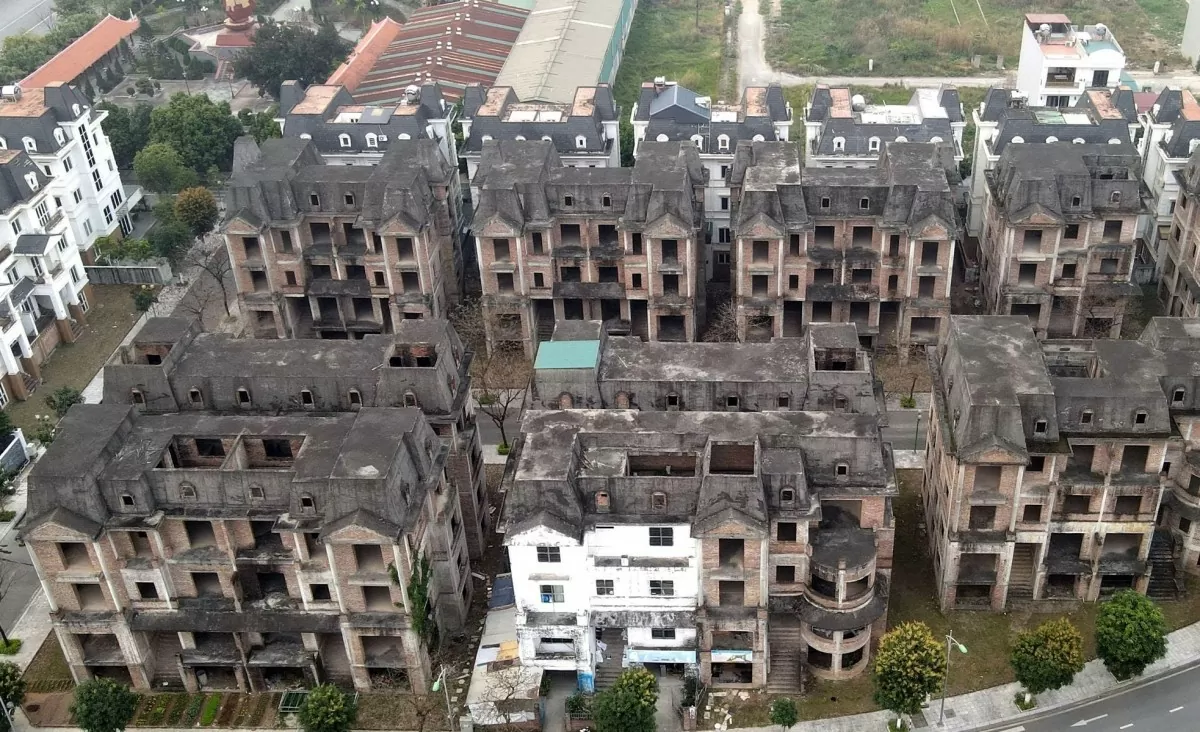 |
| Some urban areas are still abandoned, prices have increased sharply. Photo: VTC News. |
Price increase, no liquidity, no cooling down
EZ Property CEO Pham Duc Toan assessed that currently, there is a phenomenon of villas "riding on" the heat of large projects.
Sharing with reporters from the Industry and Trade Newspaper, Mr. Toan said that the supply of villas is only concentrated in a few large projects, other projects are non-existent. In short, the market only has a few large investors. Their "one-man market" creates scarcity, causing prices to increase. Therefore, neighboring projects also take advantage of the opportunity to increase.
Mr. Toan said that statistics of some projects following the mega project in Hung Yen have prices up to 120 million/m2 but cannot be sold, the project in Phu Thuy has a selling price of 140 - 150 million/m2, low liquidity. For other projects, there is nothing special, so liquidity is immediately poor.
However, despite poor liquidity, villa prices still do not cool down, if anything they only decrease by a few percent, which is nothing compared to the strong increase before. What is the reason?
Real estate is a capital-intensive market. For the villa segment, the capital is even more enormous. Currently, customers must spend at least 1 million dollars to own a small apartment. Therefore, not many people have "cash on hand" to pay at once. Most will have to use financial leverage (bank loans). When interest rates increase, the pressure to pay interest on investors increases, so we can see a sell-off.
During the past time, 2023 was a rare year to witness when interest rates increased and villa prices suddenly decreased but in a very short time. After that, regardless of how interest rates fluctuated, regardless of sluggish sales, villa prices still moved in a mainly upward trend. When interest rates decreased, prices increased, and when interest rates increased, prices still increased. The economic laws seemed to not exist here. So what is going on?
It is difficult to answer this question, but we know that the first thing to do is to find ways to limit this situation. One of the proposed measures that has received public attention is to impose a second real estate tax.
The main idea of this proposal is to exempt the first property from tax to ensure the people’s need for “settling down”. From the second property onwards, the owner will have to pay tax, because this is often an asset used for investment, for rent or not used; the later the house is owned, the higher the tax.
However, as of early this year, no decision has been made, and the second property tax is still under “research”. At the same time, hundreds, even thousands of abandoned villas are still causing public concern.
| Some opinions say that the cash flow from violations of the stock market, corporate bond issuance... often finds its final "shelter" in real estate. |
Source: https://congthuong.vn/nhung-khu-do-thi-bo-hoang-va-cau-hoi-ve-thue-bat-dong-san-385769.html


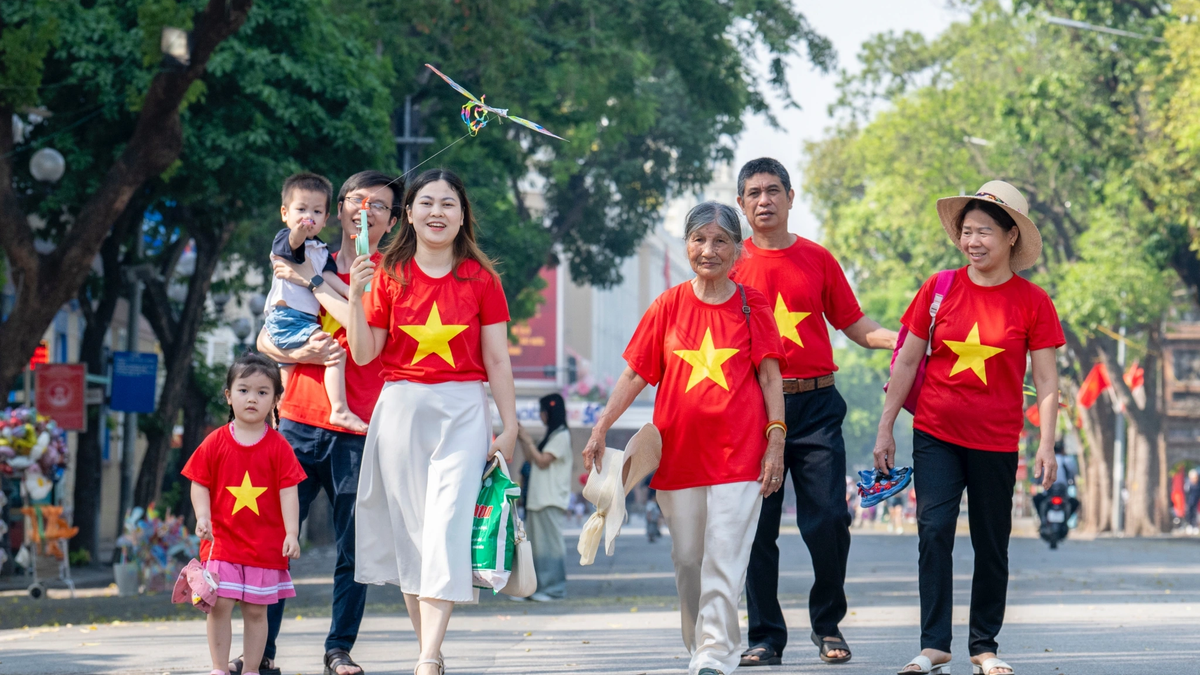



![[Photo] Bustling construction at key national traffic construction sites](https://vphoto.vietnam.vn/thumb/1200x675/vietnam/resource/IMAGE/2025/5/2/a99d56a8d6774aeab19bfccd372dc3e9)


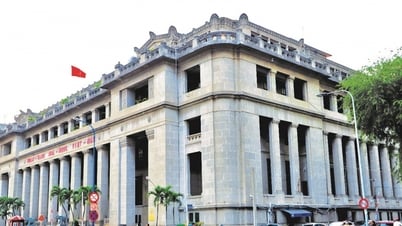


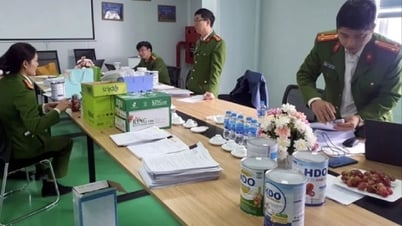
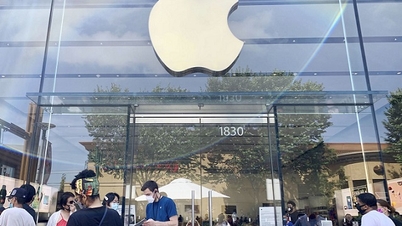





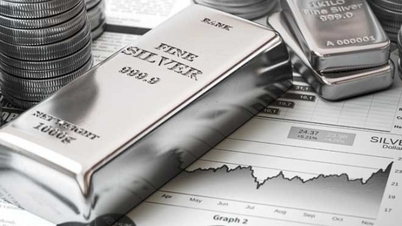


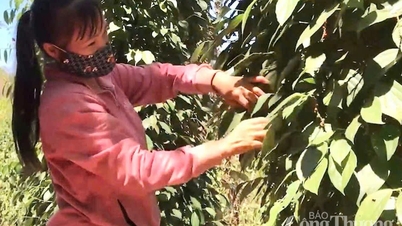


![[Photo] Binh Thuan organizes many special festivals on the occasion of April 30 and May 1](https://vphoto.vietnam.vn/thumb/1200x675/vietnam/resource/IMAGE/2025/5/1/5180af1d979642468ef6a3a9755d8d51)
![[Photo] "Lovely" moments on the 30/4 holiday](https://vphoto.vietnam.vn/thumb/1200x675/vietnam/resource/IMAGE/2025/5/1/26d5d698f36b498287397db9e2f9d16c)














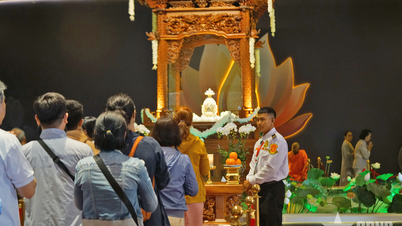

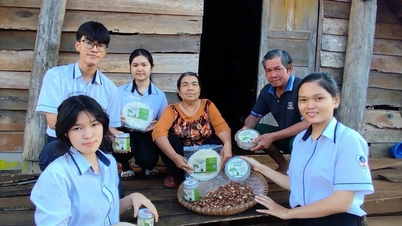




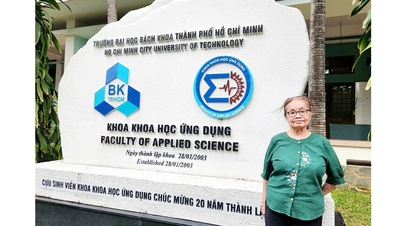













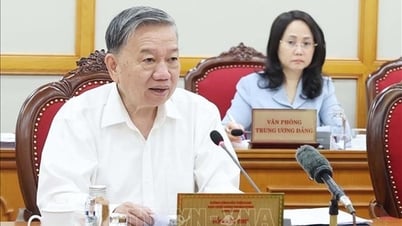














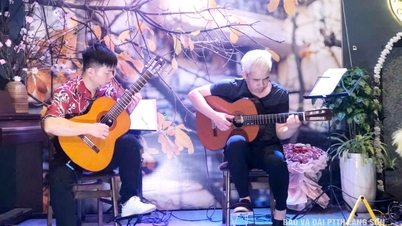

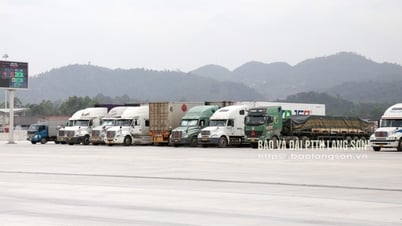
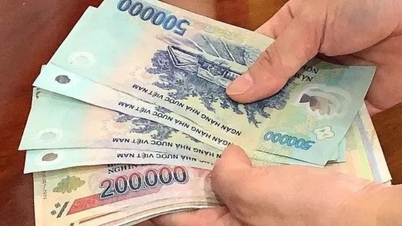



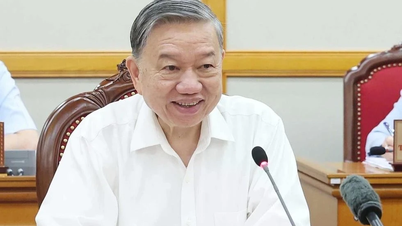








Comment (0)